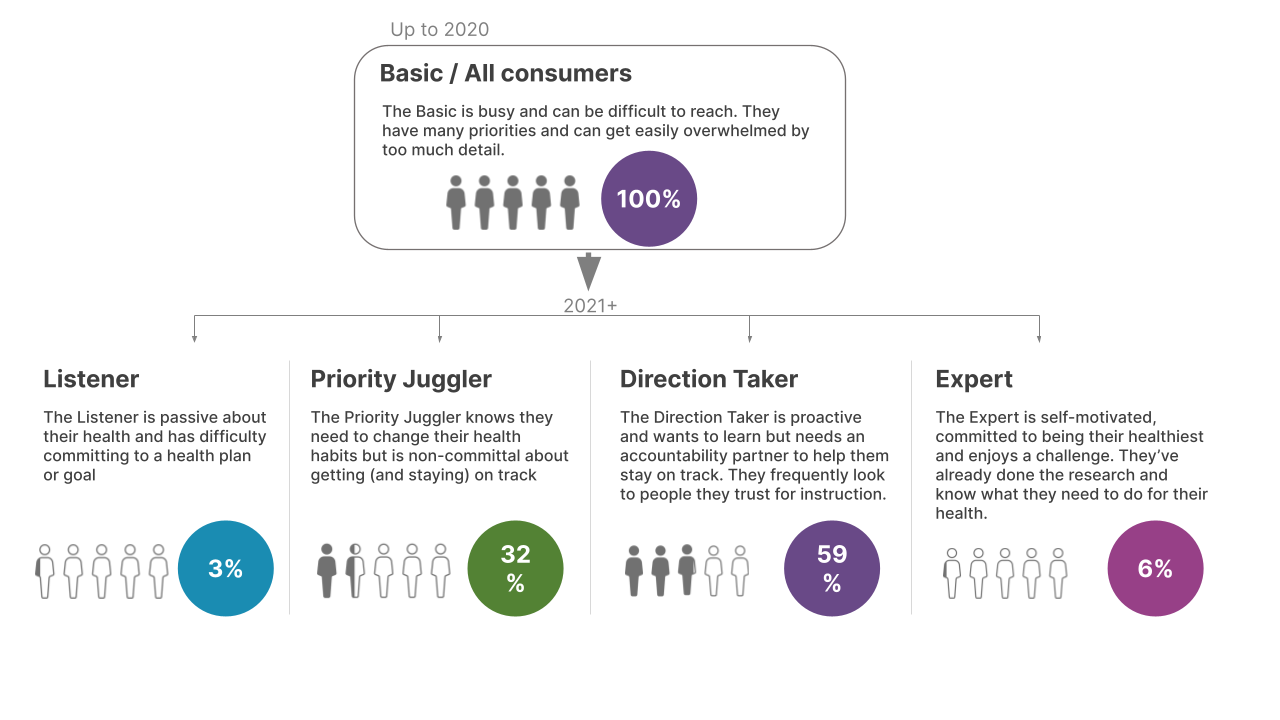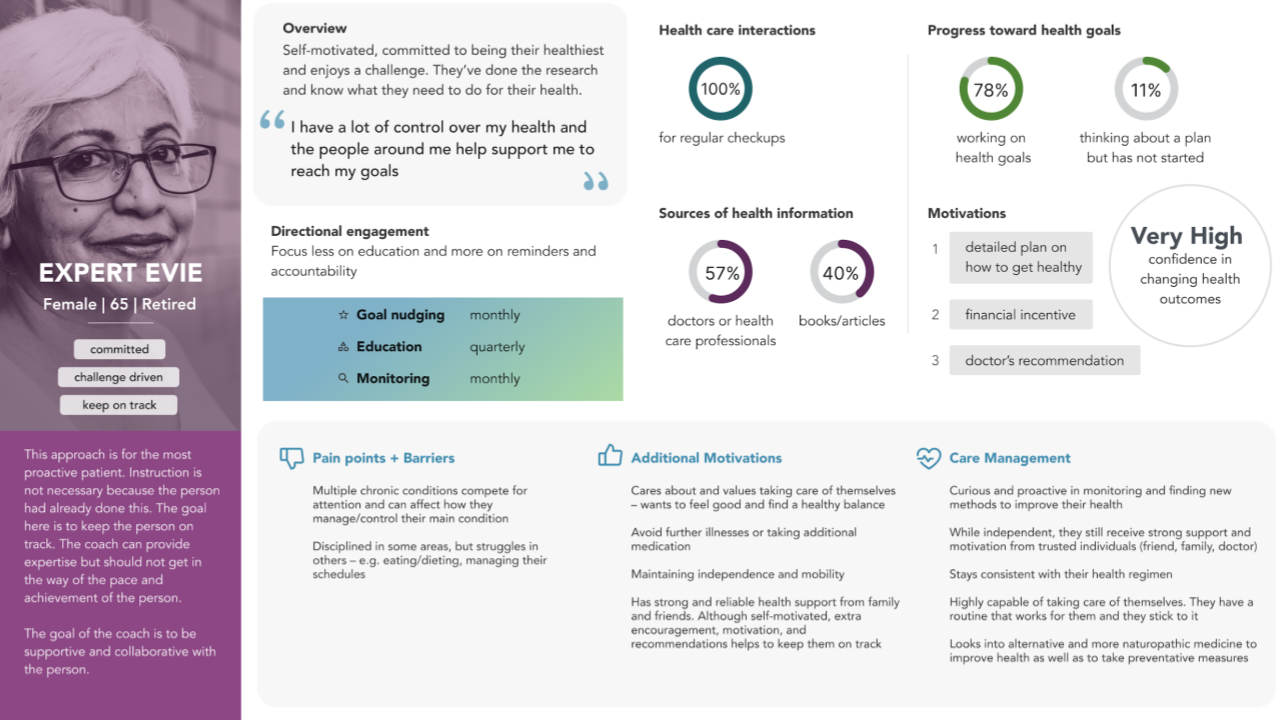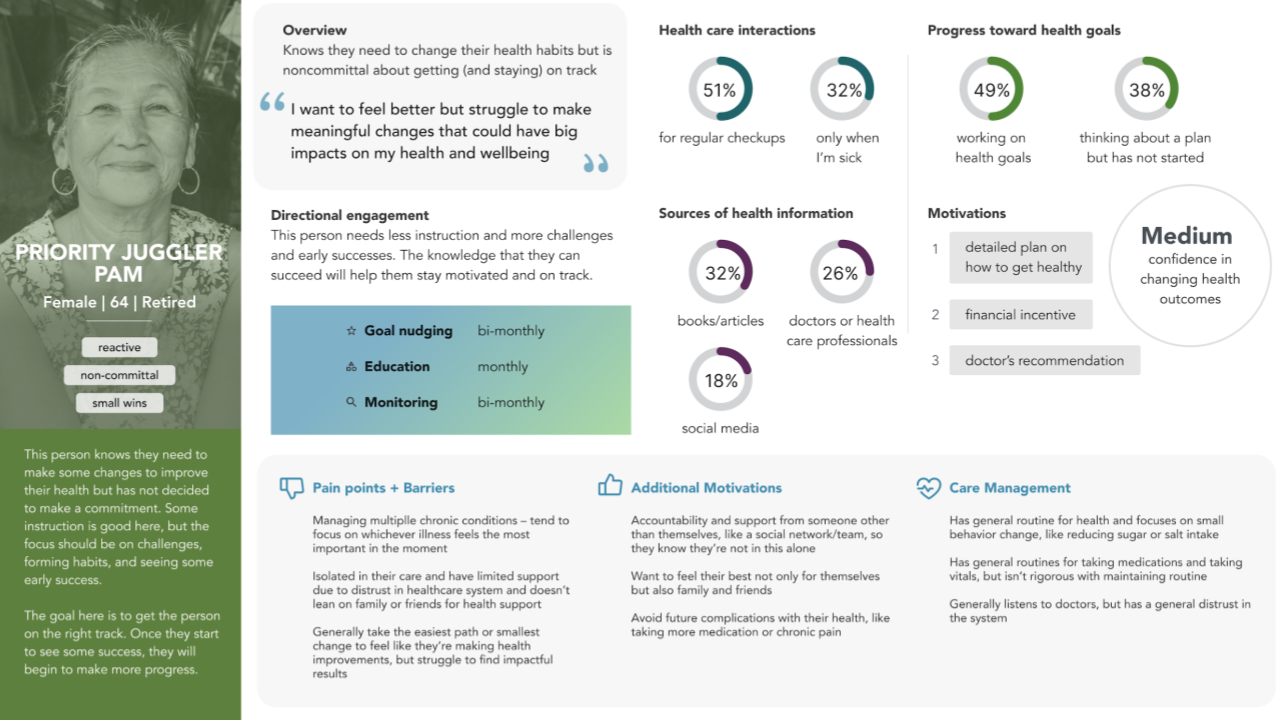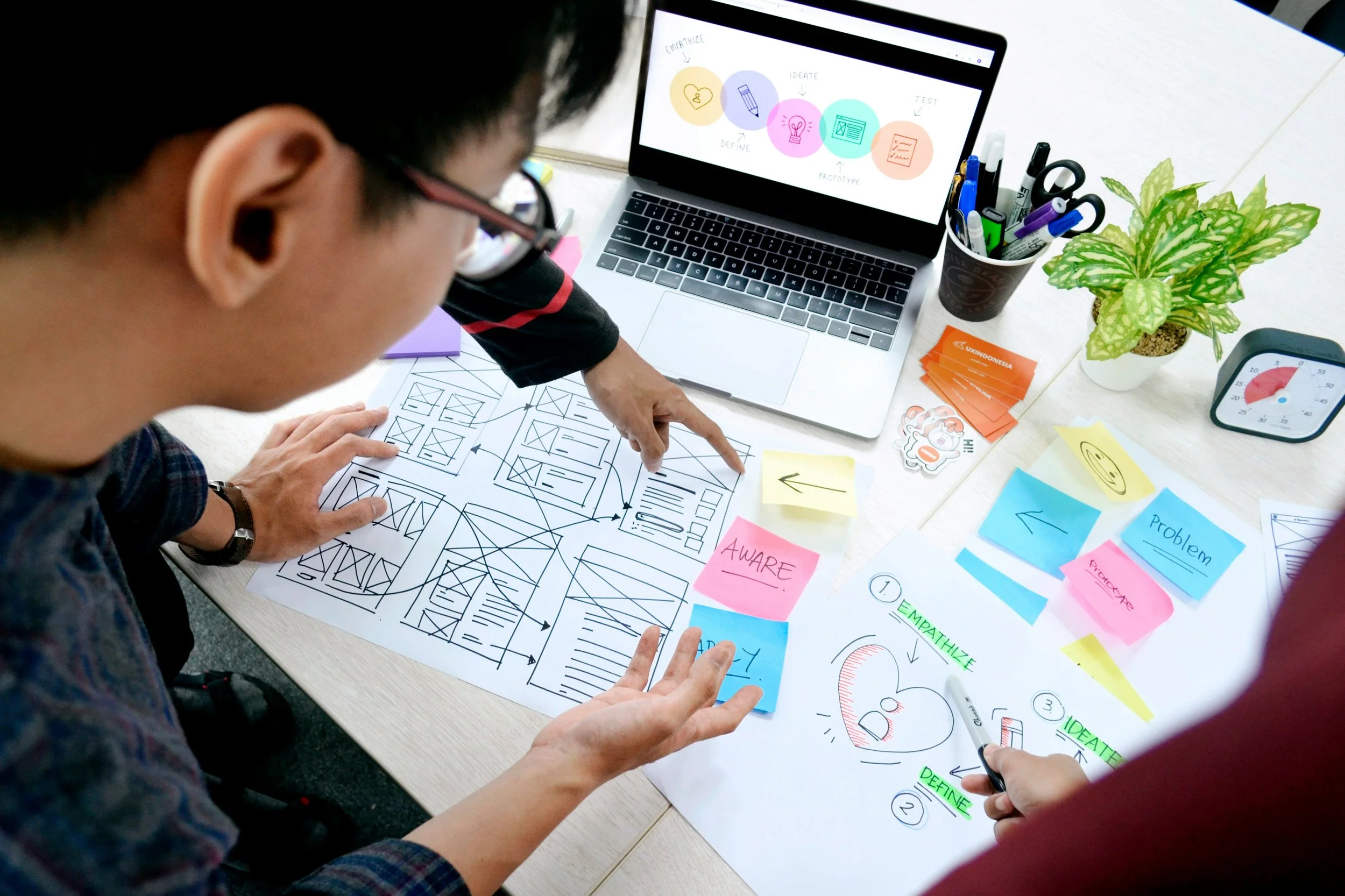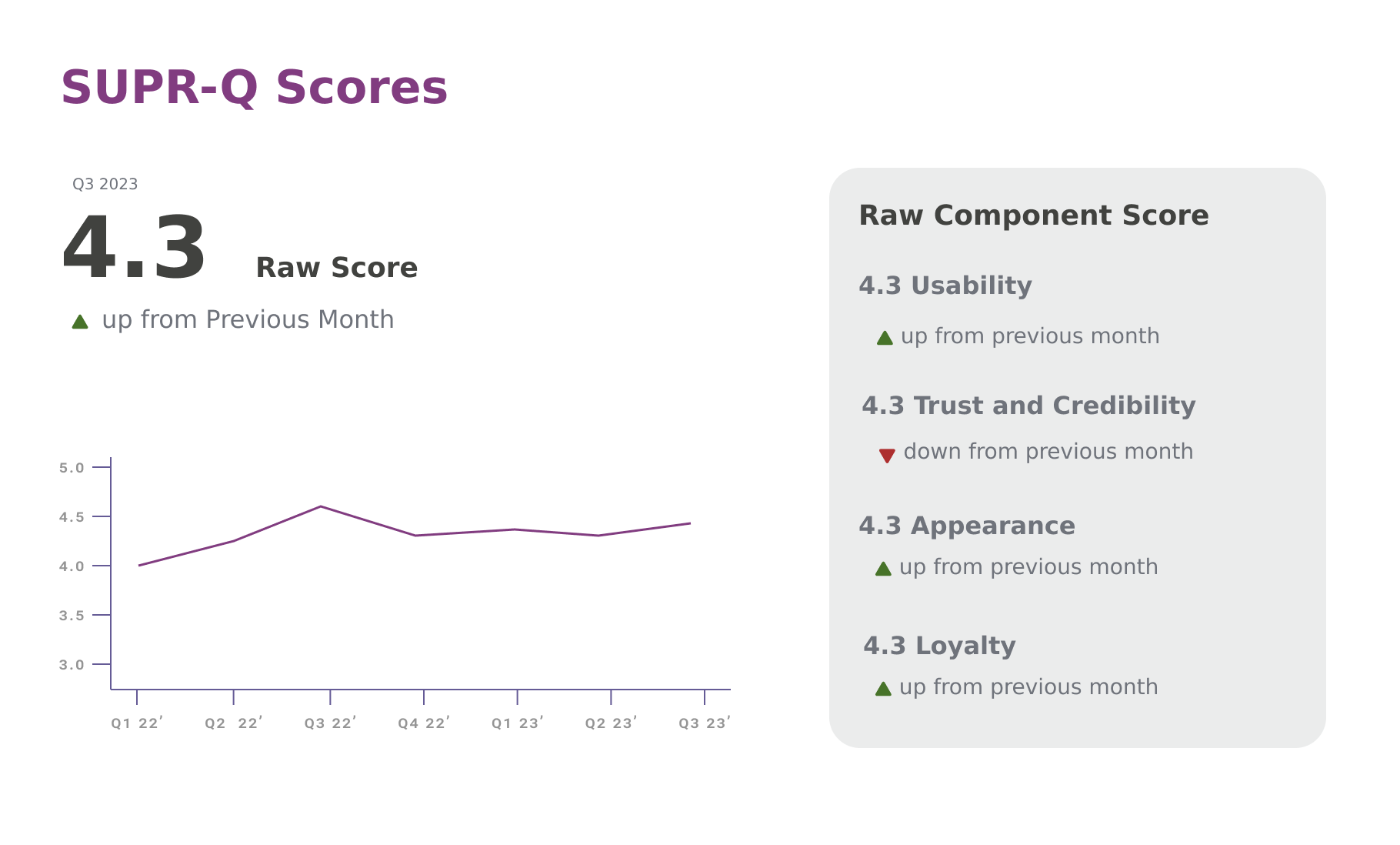UX Research
Generative and Summative Design Research and Operations
Research Ops - Usability Testing - Interviews - Surveys - Analytics
Overview
I worked as lead researcher and developed Research Ops for the growing research program. User Research was conducted continuously to uncover user insights, identify usability issues or points of confusion, and track user sentiment over an extended period of time.
Outcomes
Built research systems that increased the frequency of testing and reduced the cost of user research
Identified usability issues before development and launch, saving engineering costs and reducing user confusion.
Better insight into the wants and needs of the user and aligned the company's understanding of target user groups resulting in a more relevant user experience.
Goals
Build repeatable and shareable research methods
Better understand how and why people use our product
Identify usability issues that prevent people from achieving their goals
My Role
I worked as Lead Researcher and developed Research Operations. I worked closely with the product team to formulate research goals and desired outcomes, presented research findings, created repeatable testing methods and worked with the design team to connect the dots between research and design outcomes.
Generative Research: Personas
Design Research
This research project aimed to establish a shared understanding of the company's user base, enabling us to collectively make more informed decisions and communicate using a unified language.
Methods
Interviews
I conducted 11 interviews with people from our key target audiences. Each interview was around 60 minutes and focused on how people currently manage their health care, motivations for being healthy, barriers to being healthy and tools/technology used to manage care. A interview script was developed to maintain consistency amongst participants and thematic analysis was used to uncover insights
Participant criteria: 60+; mix of both rural and urban populations, under 68k annual household income.
Research Artifacts
The data from user interviews and surveys were analyzed and compiled into 4 distinct user personas.
Moving away from one size fits all
The team knew a lot of quantitative data about users regarding their engagement with our services, but had little understanding of who users were outside of the quantitative data, making it difficult to share a common company understanding of who the users were and how to best serve them.
You can learn more about how this research helped influence the design direction using this link.
Surveys
After conducting interviews, a survey was developed to validate findings and uncover numerical trends amongst the population. 1478 people responded to the survey and participants were grouped into 1 of 4 categories based on their responses.
The survey population was first analyzed in 3 distinct groups to test if participants had varying responses based on their level of engagement with Higi platforms. This hypothesis did not yield any statistically significant difference.
Impact
After the 4 personas were developed and shared with the wider company, our team focused on modeling the behavior we wanted to see by using the personas during strategic discussions and when designing new content flows. After a few weeks, more people in the company started using the names of the personas and referencing the data to justify decisions. Better aligning our company resulted in an increased click-through rate with partner resources by tailoring recommendations to appropriate user groups. Additionally, the content manager used user segmentation to craft relevant messaging for particular user groups. using the names of personas and referencing the data to justify decisions.
“This research help us speak the same language and better aligns the sales, marketing and product teams. I have a better idea of who I’m selling to and what resonates with them. ”
- SVP Marketing
User Panel
Research Ops
Build a repository of people who are interested in being testing participants for design research
Scaling UX Research While Reducing Cost
As more and more research was incorporated into our sprint cycles, we needed a consistent way to recruit people for user interviews, surveys, and other design research. Previously, a recruiting company was used to find participants, making each research project costly and time-consuming.
I led the development of a user panel where we developed a list of people interested in participating in individual and longitudinal studies. I maintained the database, customer communication and incentives for participating in research.
Longitudinal Research: SUPR-Q
Design Research + Research Ops
Continuously monitor the user’s experience over time by utilizing a single survey
User Perceptions Over Time
The SUPR-Q (Standardized User Experience Percentile Ranking Questionnaire) is a set of 8 customer satisfaction survey that measure users’ perceptions around usability, trust and credibility, and loyalty. This longitudinal survey was conducted quarterly and is part of the Quality Management System (QMS) used to remain compliant as a medical device.
I distributed and analyzed the survey every month and shared findings with the company and QMS team.
